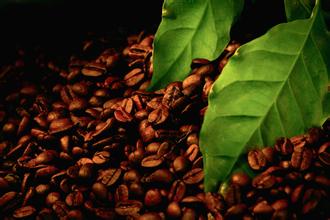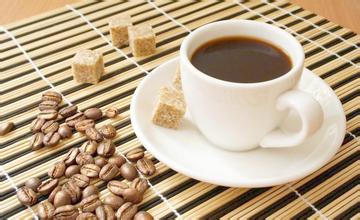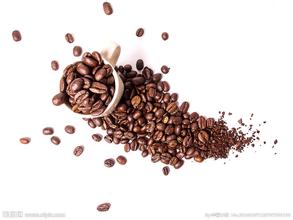Bolivian coffee producing place
This is a lively, bright and energetic coffee. Dry aroma is an unusual nutty aroma, somewhat similar to peanut butter. The wet aroma has aromas of vanilla and flowers. The palate is delicate, with apple sweetness and flavors of chocolate and vanilla.
Dry aroma (1-5): 3.6
Wet aroma (1-5): 3.7
Acidity (brightness) (1-10): 8.8
Taste (layered) (1-10): 8.6
Taste (alcohol thickness) (1-5): 2.9
Aftertaste (residue) (1-10): 8.5
Balance (1-5): 0
Basic score (50): 50
Total score (maximum 100): 86.1
Intensity / main attributes: light intensity / delicate flower and fruit composition balance
Recommended baking degree: city+ or full city+
Contrast: light and lively; flavor close to the Kaddura coffee produced in Panama Bolivia coffee has the advantage of high altitude and excellent coffee varieties, where the traditional Tibica and a small amount of Kaddura are highly valued in the world market.
Bolivia is not a big coffee producer, but the excellent altitude and climatic conditions of the La Paz Mountains make the coffee produced here is of excellent quality. Bolivian boutique coffee is delicate, bright, sweet and fragrant. It is a typical coffee that makes people feel clean and relaxed. The coffee here has subtle fruity aromas such as pears, apples, apricots, oranges and lemons. On the palate, the taste is pleasant with sweet flavors of malt, chocolate and nuts.

Important Notice :
前街咖啡 FrontStreet Coffee has moved to new addredd:
FrontStreet Coffee Address: 315,Donghua East Road,GuangZhou
Tel:020 38364473
- Prev

The characteristics, culture and origin of Panamanian coffee beans
Panama is a small country located in the center of the American continent. The waters of the Atlantic and Pacific oceans flood its beaches. Panama is located at 9 degrees north latitude, the meeting point of the Central Mountains, where Mount Baru, one of the highest volcanoes in Central America, is located. Baru volcano has an altitude of more than 11400 feet, and the land around it is rich in nutritious and fertile soil, which is unique to Panama.
- Next

Introduction to Colombian coffee bean producing area, manor, flavor, characteristics and taste
The most famous Medellin in the Central Mountains has a thick texture, rich aroma and well-balanced sour taste, while Armania and Manizares are not so good, but in the market these three kinds of beans will be regarded as the same kind of beans to circulate, called "MAM". If you buy a bag of MAM, it means it could be any of these three kinds of beans, which is similar to Medellin.
Related
- Does Rose Summer choose Blue, Green or Red? Detailed explanation of Rose Summer Coffee plots and Classification in Panamanian Jade Manor
- What is the difference between the origin, producing area, processing plant, cooperative and manor of coffee beans?
- How fine does the espresso powder fit? how to grind the espresso?
- Sca coffee roasting degree color card coffee roasting degree 8 roasting color values what do you mean?
- The practice of lattes: how to make lattes at home
- Introduction to Indonesian Fine Coffee beans-- Java Coffee producing area of Indonesian Arabica Coffee
- How much will the flavor of light and medium roasted rose summer be expressed? What baking level is rose summer suitable for?
- Introduction to the characteristics of washing, sun-drying or wet-planing coffee commonly used in Mantenin, Indonesia
- Price characteristics of Arabica Coffee Bean Starbucks introduction to Manning Coffee Bean Taste producing area Variety Manor
- What is the authentic Yega flavor? What are the flavor characteristics of the really excellent Yejasuffi coffee beans?

